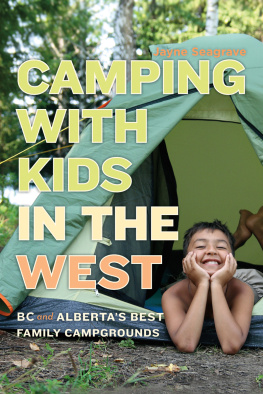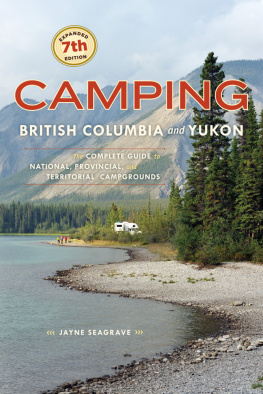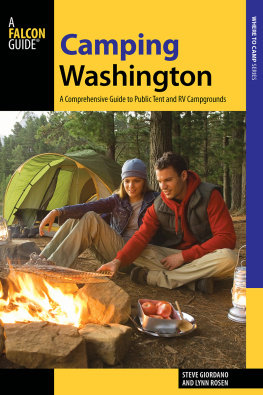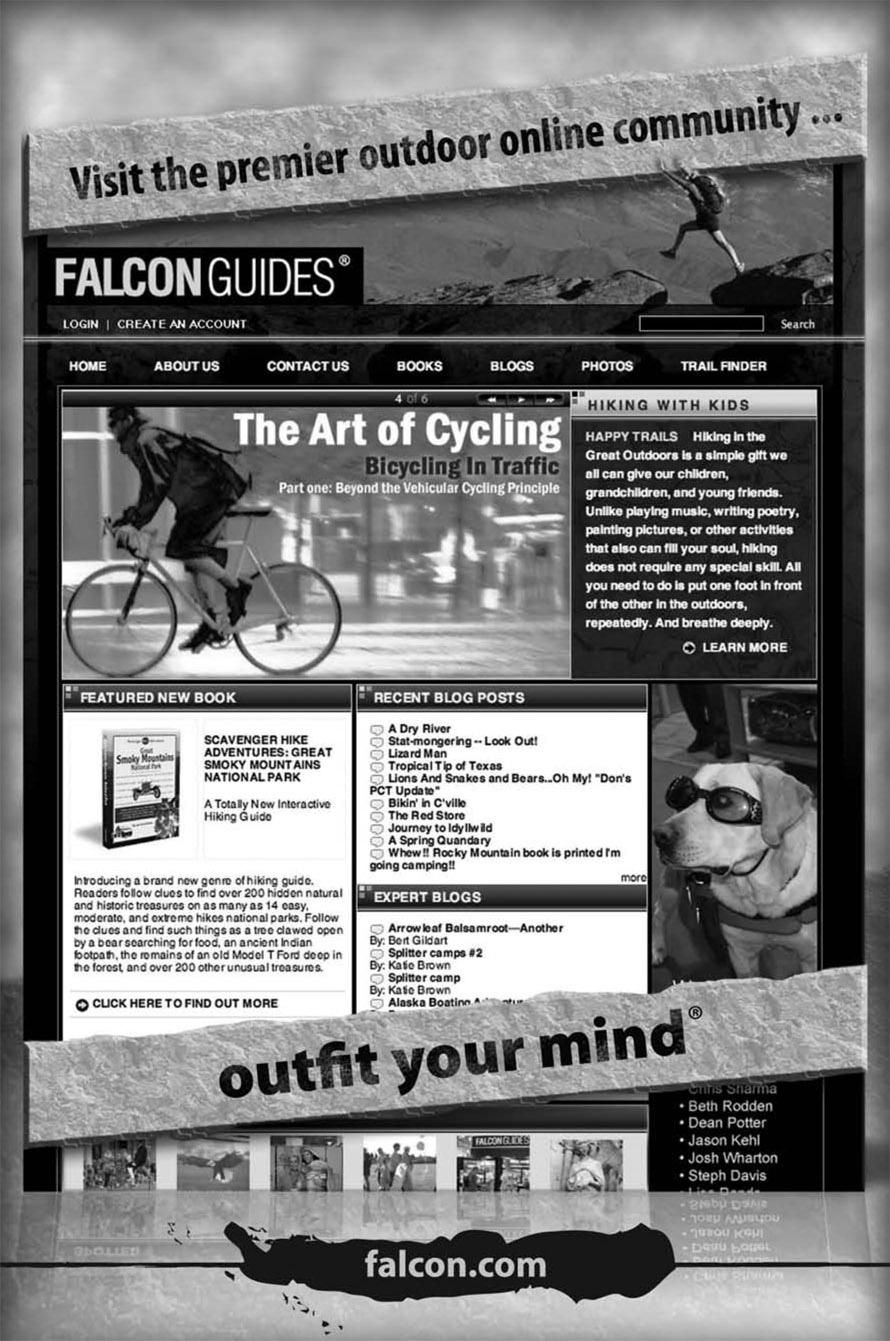Introduction
Texas, the Lone Star State
As the giant statue of Big Tex says to visitors entering the state fair, Howdy, partner, welcome to Texas! Before Alaska entered the Union, Texas was the largest state. With an area of 261,797 square miles and a population of 23,507,783 (based on a 2006 U.S. Census Bureau estimate) in 254 counties, Texas is second largest in both area (behind Alaska) and population (behind California). About half the states population resides in either the Dallas/Fort Worth or Houston metropolitan areas; however, San Antonio and El Paso are quickly growing.
The geography of Texas spans a wide range of features and time lines. The Rio Grande, Red River, and Sabine River all provide natural state lines. Texas borders Oklahoma on the north, Louisiana and Arkansas to the east, and New Mexico on the west. The Gulf of Mexico and Mexico are our neighbors to the south.
Texass large size and its location lend itself to several climate zones. In general, the Pineywoods and the Gulf Coast regions have a humid, subtropical climate. The Panhandle Plains and Big Bend regions offer a semi-arid to arid desert, particularly around El Paso. It is not uncommon for the Panhandle Plains to experience below-freezing temperatures and snow in winter, while the South Texas Plains and coastal regions are basking in 70-degree temperatures.
Different regions of Texas experience vastly different precipitation patterns. El Paso averages as little as 7.8 inches of rain per year, while the average annual precipitation is 59 inches in Orange. Maximum temperatures in the summer months range from the 80s in the mountains of west Texas, the Big Bend region, and on Galveston Island in the Gulf Coast region, to around 100 degrees in the Rio Grande Valley and South Texas Plains. Nighttime summer temperatures range from the upper 50s in the west Texas mountains to 80 degrees in Galveston.
According to the Texas Tourism Bureau, the state has seven different regions based on physical attributes and population estimates: Panhandle Plains, Prairies and Lakes, Pineywoods, Gulf Coast, South Texas Plains, Hill Country, and Big Bend Country. Some regions of Texas are associated with the South more than with the Southwest, primarily the Pineywoods, parts of the South Texas Plains, and the Prairies and Lakes. Other regions share more similarities with the Southwest, primarily Big Bend and the southern parts of the Panhandle Plains and South Texas Plains.
About This Book
This book is geared toward the camper looking for places to park an RV, trailer, or tent trailer, or to set up a tent. Many of the different campgrounds listed in the book include group shelters, cabins, and screened enclosures. Cabins and group sites are generally not listed. If this is of interest to you, please use the contact numbers listed for a particular camping location to find out if these extra options exist.
The campsites listed include Texas Parks & Wildlife Department state parks and natural areas, national parks, national forests and grasslands, and selected county and city campgrounds. It does not list the many different commercial RV establishments. The public options range from undeveloped campsites and primitive backpacking sites to campgrounds with just about all the amenities you have in your home, including electricity, water, sewer connections, and/or dump stations for the RVs. Some even have WiFi and cable TV hookups. Restrooms range from none in the backpacking areas to modern facilities with hot showers and flush toilets.
Some of the campgrounds are close to major cities such as Dallas, Fort Worth, Houston, and Waco. However, within those same campgrounds, campers can find remote sites allowing more privacy.
It was important to me in putting this book together to provide more information than just locations to pitch a tent or back in or pull through a recreational vehicle. All of the campgrounds selected present opportunities for some type of outdoor recreational activity, such as hiking, mountain biking, fishing, nature photography, bird-watching, boating, horseback riding, and even hunting in season. Check each location for what is available.
How to Use This Book
The book is divided into Texass seven travel regions: Panhandle Plains, Prairies and Lakes, Pineywoods, Gulf Coast, South Texas Plains, Hill Country, and Big Bend Country. Each chapter is further broken into sections based on the area covered. For example, in the Pineywoods chapter, there is a section on campgrounds just on Sam Rayburn Reservoir. The purpose is to help campers research specific areas within a region without being overwhelmed with data from all the campgrounds, such as in the Prairies and Lakes.
Each chapter contains a map showing the locations of the regions campgrounds. A brief introduction to the areas camping is provided, along with a table summarizing the type of camping allowed (tent, screened shelter, RV), total number of campsites, and maximum RV length. Most of the campgrounds allowing RVs have no restrictions on RV length and are listed as U (unlimited), though there are few locations that have size restrictions. Make sure you check this column if you are an RV camper. In addition, many of the RV campgrounds do not have hookups, so be sure to check this if it is important to you or if the length of your stay requires these amenities. The availability of toilets (flush or non-flush), showers, drinking water, and dump stations is also indicated along with the outdoor recreation available at each campground.
The last column gives an indication of the campsite rental cost per night ($ = less than $10, $$ = $10 to $19, $$$ = $20 or more). Please note that at some campgrounds, a campground entrance fee or boat launch fee may be charged in addition to the camping fee. If there is an additional fee, most often it is part of the camping fee.
Key:
Hookups:
W | - | Water |
E | - | Electric |
S | - | Sewer |
C | - | Cable |
P | - | Phone |
I | - | Internet |
Campsites:
T | - | Tents |
S | - | Screened shelters |
R | - | Recreational vehicles |
Max RV Length: Given in feet;
Toilets:
Recreation:
H | - | Hiking |
S | - | Swimming |
F | - | Fishing |
B | - | Boating |
L | - | Boat launch |
R | - | Horseback riding |









